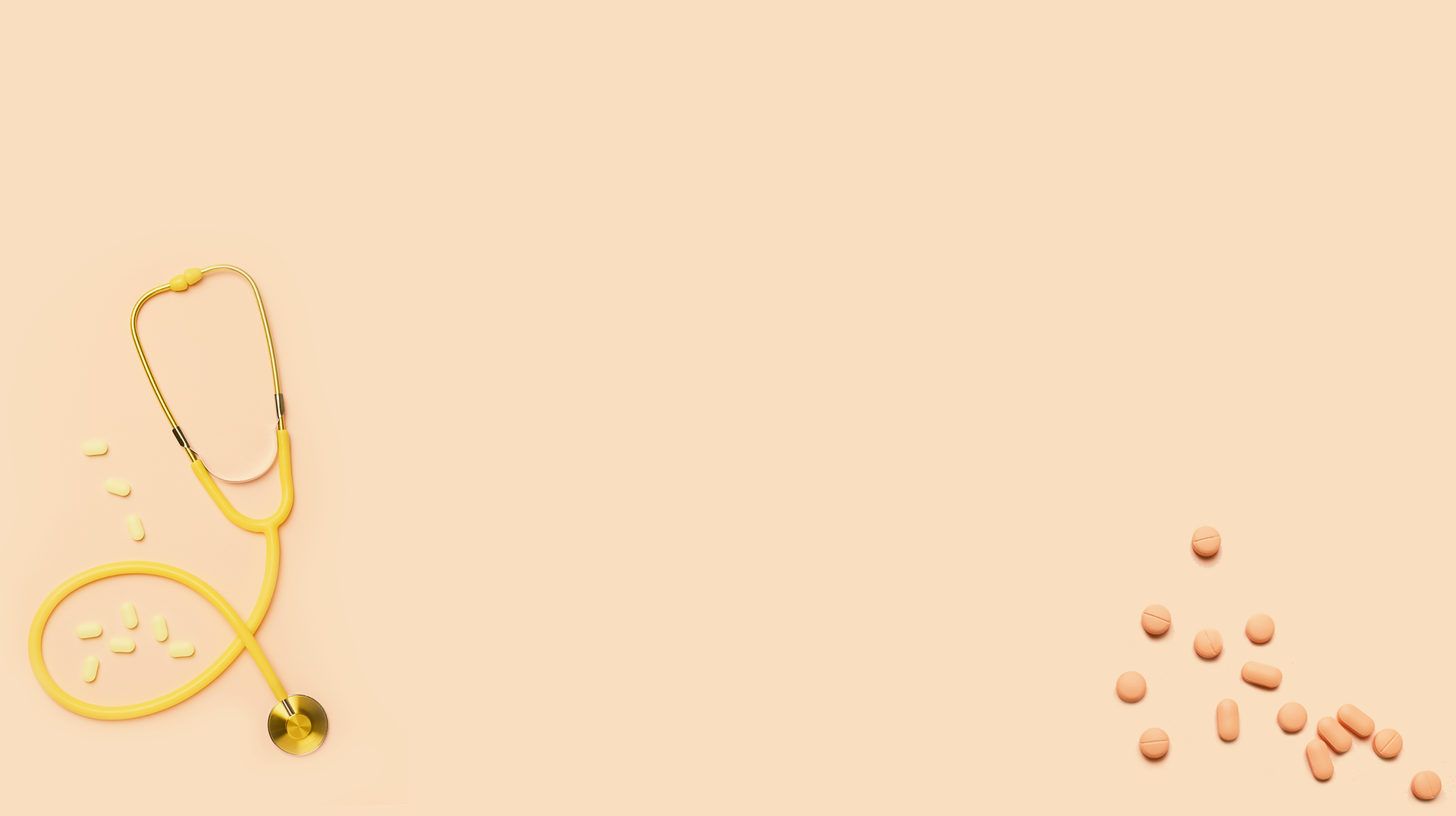Journaling is a trusted and tried method used frequently throughout psychology as a form of therapy. Even programmes such as CBT (cognitive behavioral therapy) for depression rely on journal taking between sessions to positively influence wellbeing.
Journaling involves writing down personal thoughts/feelings for later private reflection. It allows realization of a deeper self-understanding, providing additional space for more therapeutic utilization (writing/drawing away negative emotions). To highlight the effectiveness of journaling, one study found that when participants were asked to write about a stressful, emotional experience for 3-5 sessions over 4 consecutive days, there was a significant improvement in stress levels!
For our more artistic friends, art journaling is a visual diary that allows you to express emotions, thoughts, memories in any art form you might desire. You are given the creative freedom to write, draw, paint, collage, glue. You are able to note down passing thoughts, your favorite poem or simply a highlight of the day. What is perhaps the most exciting appeal of art journaling is the freedom to create without fear of judgement - allowing you to grow artistically and personally, it’s a beautiful method of self-expression.
Scrapbooks and sketchbooks are visual and physical representations of what goes on inside our brains giving you the time to declutter your thoughts, organize your life, and recognize your emotions in an attempt to get to know yourself a little better. In doing so, we can manipulate and guide our very own lives in the direction we wish to travel. Art students have explained what art journaling means to them as a means of relaxation and expression of creativity.
How to start art journaling?
Consider the size of your journal: we recommend A5 pages for beginners!
Paper? This depends entirely on your creative vision. Those who dabble with watercolor may require thicker sheets whereas those preferring to scribble/doodle could use thinner pages.
Use it now! It’s difficult to start art journaling but once you get into the habit, it’s a therapeutic way to let off some steam. Over the years, you are left with a sketchbook documenting both your growth in character and art. A sneak peek into the workings of your mind, art journaling is not only a branch of therapy!

Commentaires